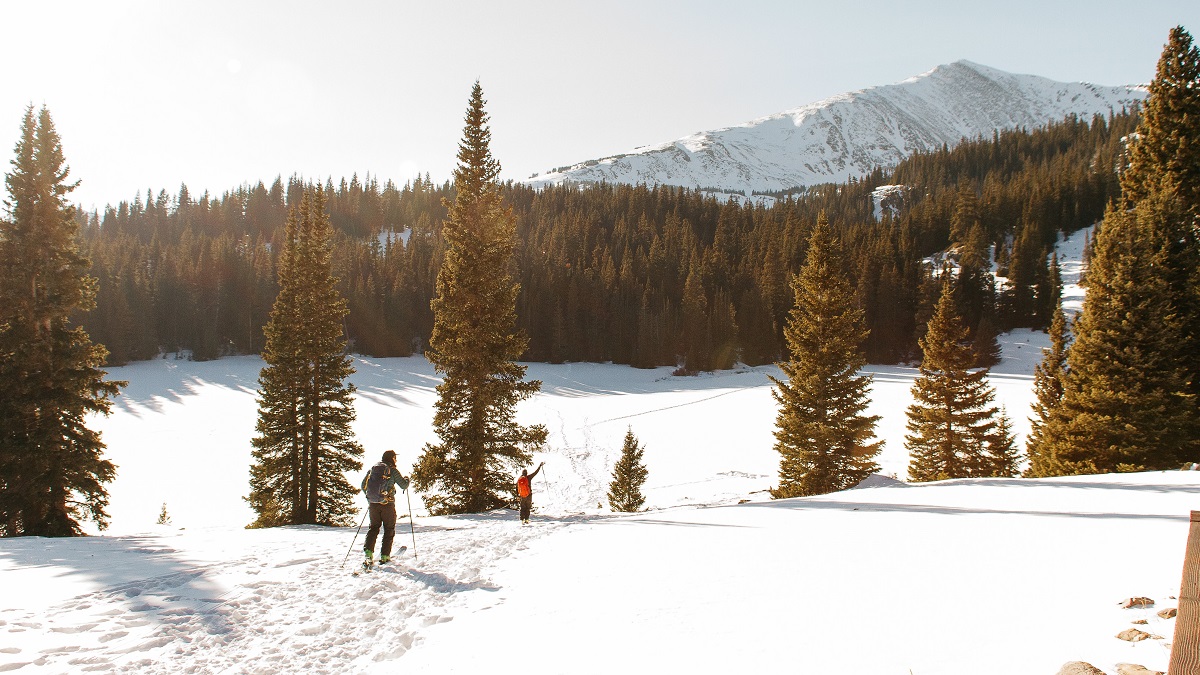Going skiing? Here's why you need to turn off crash detection on your Apple Watch 8 and iPhone 14
Crash detection is mistaking skiers for those in car crashes

Apple’s crash detection is a potentially life-saving feature, but five months after being introduced with the iPhone 14, Apple Watch 8 and Apple Watch Ultra, it’s having some teething problems. A New York Times report from Colorado highlights the problems faced by emergency services.
It seems that the phones and wearables are mistaking the fast acceleration, jinking turns and sharp stops that skiers perform every day for car crashes and automatically dialling emergency services. The feature kicks in after ten seconds with no response, with the devices interpreting this as a sign that the owner is seriously injured and unable to call for help themselves.
In Summit County, the emergency services director, Trina Dummer, told the paper that 185 erroneous Apple crash detection calls had been received in a nine-day period in January. The subsequent checks not only take away limited resources from other emergencies but could desensitize dispatchers, Dummer believes.
“Apple needs to put in their own call center if this is a feature they want,” she suggested.
Solving the problem
On the surface of it, this appears to be pretty similar to stories last year of rollercoasters triggering crash detection, but this is a far tougher problem.
As rollercoaster expert Brenden Walker told me last year, thrill rides’ unusual design should be pretty trivial to counter. “Apple could simply add a line that says, ‘If I’ve just gone up an incline over 45 degrees, or just rotated 360 degrees, then ignore crash detection for the next five minutes’,” he suggested.
“Of course, that may rule out some air disasters, but if your airplane is behaving like that, I suspect it’ll be too late.”
Sign up to get the BEST of Tom's Guide direct to your inbox.
Get instant access to breaking news, the hottest reviews, great deals and helpful tips.
Skiing is a whole different problem, however, and participants behave far more like a car than a rollercoaster passenger does, with an average speed of between 20 and 40mph for recreational skiers. What’s more, the loud sound an iPhone 14 or Apple Watch 8 makes before alerting emergency services is harder to hear on a ski slope, where participants typically wear helmets, alongside layers of thick clothing to counter the freezing conditions.
While Apple could theoretically blacklist calls from GPS coordinates for major theme parks, doing so for ski slopes could prevent actual accidents getting attention, given the risks involved in the sport.
In a statement to the New York Times, Apple spokesperson Alex Kirschner told the paper that the company had already made updates to “optimize” the technology and reduce the number of false alerts.
But ultimately, the company defends the technology: “Crash Detection and Fall Detection are designed to get users help when they need it most, and it has already contributed to saving several lives,” he said.
In the meantime, both ski slopes and emergency services have come up with their own imperfect solutions. Aspen Mountain has put up signs instructing Apple Watch and iPhone 14 users to update their software, while Sheriff Brett Schroetlin in Grand County has simply opted to deprioritize automated calls from Apple devices. So far, this hasn’t resulted in any real emergencies being overlooked — in part, because ski slopes have plenty of witnesses to report trouble.
Hopefully, Apple can refine the algorithms involved to make this a non-issue. Like Emergency SOS via satellite, crash detection is a potentially life-saving feature, and it would be a shame if its overzealous nature means it’s ultimately shut down.
Freelance contributor Alan has been writing about tech for over a decade, covering phones, drones and everything in between. Previously Deputy Editor of tech site Alphr, his words are found all over the web and in the occasional magazine too. When not weighing up the pros and cons of the latest smartwatch, you'll probably find him tackling his ever-growing games backlog. Or, more likely, playing Spelunky for the millionth time.

